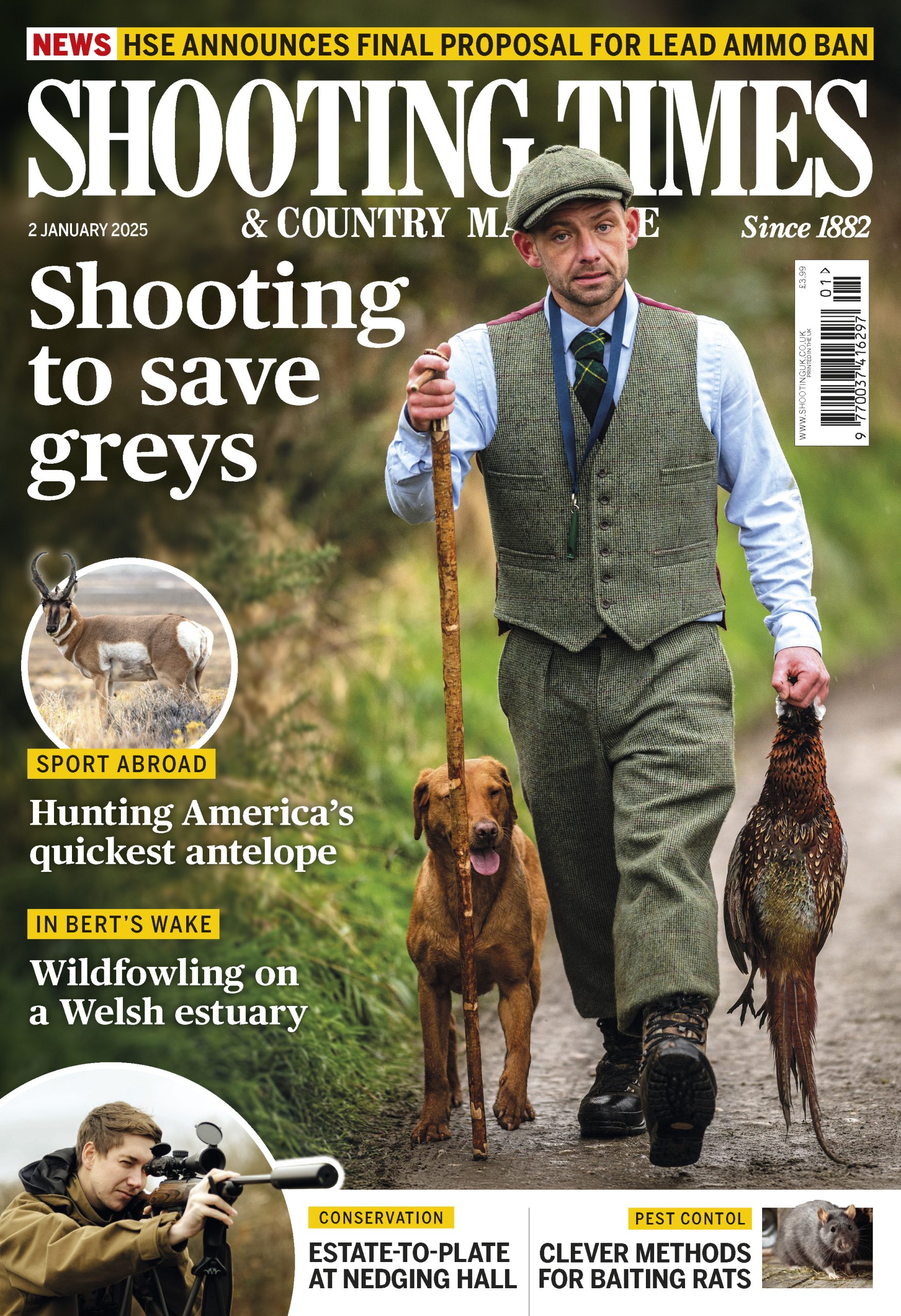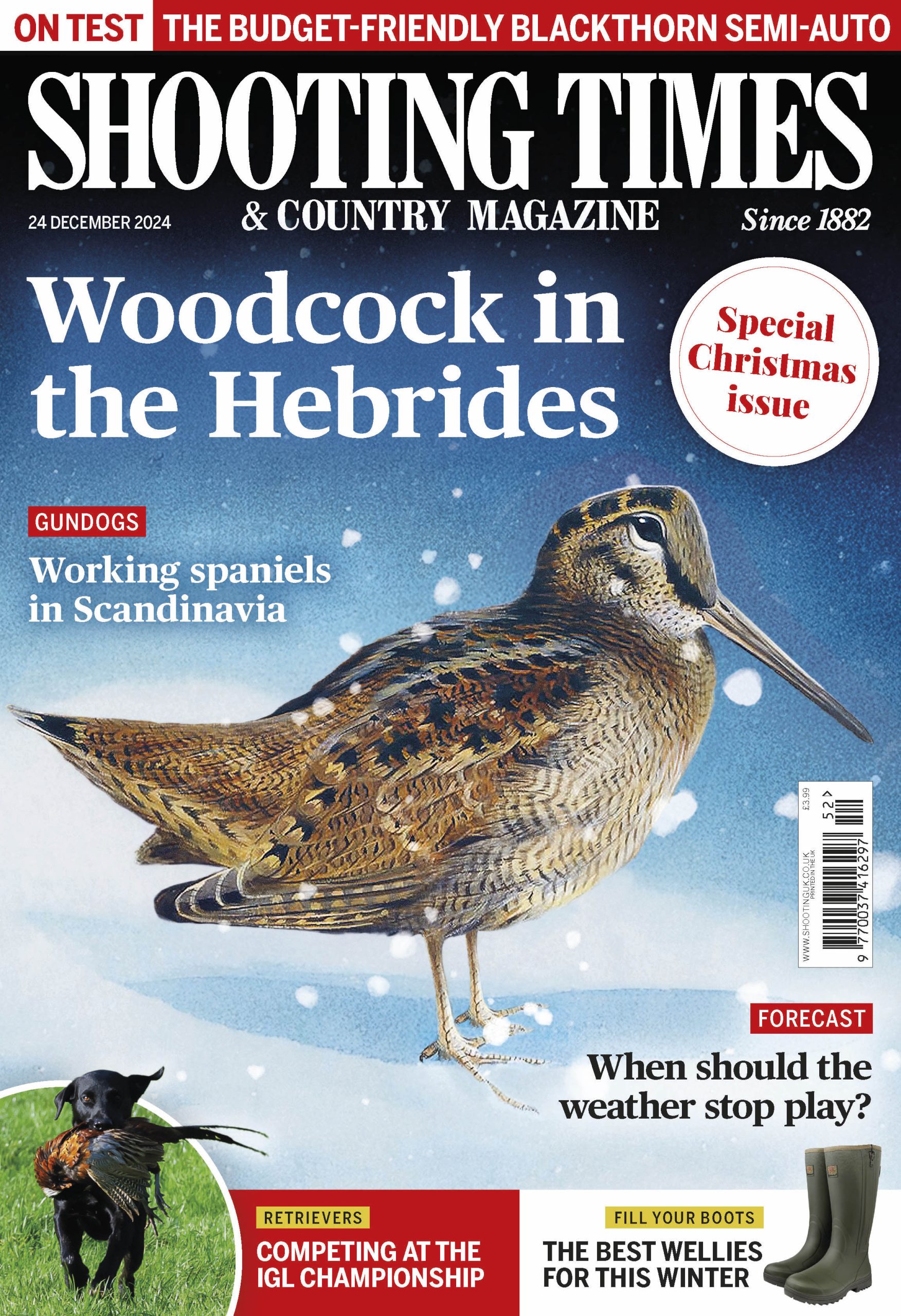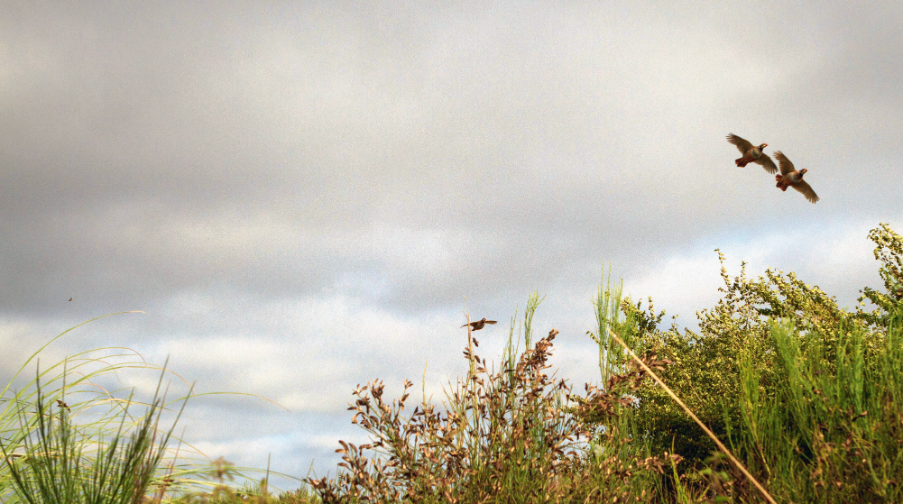Win CENS ProFlex DX5 earplugs worth £1,149 – enter here
Shooting’s £3.3bn boost: how fieldsports outperform golf and football
Shooting contributes £3.3bn to the UK economy, surpassing golf and supporting 67,000 jobs. New European research shows fieldsports generate €180bn and five times more value than football.

A Shooting Times reader contacted me recently with an inquiry about shooting being worth more to the UK economy than golf. The topic came up at a shoot lunch and he wondered where the figures originated.
I noted in a previous article that shooting was worth more than golf to the UK economy, and that conservation on land managed for shooting dwarfs that managed by the National Trust and the RSPB. Those comparisons were based on the figures in the 2024 UK Value of Shooting report, measured against available information from other sectors.
How the value of shooting was measured
The findings came from a major survey supported by 24 organisations in late 2022. It received responses from 11,227 participants, 703 shooting providers and 154 traders. Because of its scale, the findings can be regarded as statistically robust.
The headline figures were clear:
• Shooting contributes £3.3bn annually to the UK economy
• Shooting supports the equivalent of 67,000 full-time jobs
While useful for lobbying, relatable comparisons make these figures even more compelling.
Shooting vs golf: a clear economic gap
In the UK, we can say that shooting is worth more than golf because golf generates an estimated £2.6bn annually, compared with shooting at £3.3bn.
Furthermore, shooting is a key driver for nature conservation. It is carried out on 7.6 million hectares of land. This is 20 times more than the areas collectively owned by the RSPB and the National Trust combined.
Every area of land managed by shooters is, in effect, an unofficial nature reserve. These places are rich in wildlife and free from the infrastructure seen on many charity-run sites, such as car parks, cafés and visitor centres.
Shooting’s value across Europe
A new study has found that hunting, shooting and related industries generate €180bn annually and support 1.1 million jobs across 30 countries, including all EU member states, the UK, Norway and Switzerland.
This raises an important question: what is a billion pounds?
Growing up in Ireland in the 1980s, it was often said that our national debt was about £1.6bn. That figure stuck with me. It sounded enormous and unquantifiable. Yet by the end of 2024, the debt had risen to €215.4bn, representing 38.3% of Ireland’s GDP. In a world where Tesla plans to pay Elon Musk $1 trillion, the numbers begin to look surreal.
Shooting generates five times more value than football
The Europe-wide study, carried out by the University of Urbino and coordinated by FACE, included some major figures. To make them relatable, we can compare the €180bn economic value of shooting with the €38bn estimate for the football industry. Shooting therefore generates five times more value than football across Europe.
This is not about one-upmanship. Many of us enjoy shooting, golf and football. Yet shooting is still misunderstood and often undervalued in the media, despite the work of BASC and other fieldsports organisations.
The study also found that shooting supports 1.1m jobs across Europe. That is the same number of new jobs expected to come from the renewable energy sector by 2030.
Back in the UK, a BASC-commissioned study showed that shooting-related habitat management captures 1.44 million tonnes of CO₂ per year. That is nine times the 2020 global carbon footprint of Formula 1.
Inside the European Study
The Urbino study is titled The Firearms and Ammunition Sector for Sporting, Hunting and Civilian Use in Europe. It was launched in the European Parliament, where BASC chief executive Ian Bell presented the UK Value of Shooting as a national case study.
Professor Fabio Musso, the lead author, explained that the project aimed to analyse the socio-economic impact of the civilian firearms and ammunition sectors at a European level. The research is comprehensive, with 1,850 pages in total and a 70-page summary.
It investigated many aspects of shooting, including the production of firearms, components, ammunition and accessories. It also analysed supporting services – everything from travel agencies to taxidermy.
Patrick O’Reilly, BASC’s head of social science, said the study provides a long-overdue analysis of the value added by this sector across Europe. It complements national work such as BASC’s own Value of Shooting report, and highlights the economic importance of recreational shooting.
What the study didn’t cover
Even though it is extensive, the research did not examine every aspect of shooting. It did not include the economic contribution of wild game meat or the environmental and social benefits of the sport. More research will undoubtedly follow.
In the meantime, each of us can support the cause by sharing our own experiences, reinforced with a few well-chosen headline figures.
Share your comparisons
Back to golf and football. Please let me know the comparisons you found and how people reacted – whether family, friends or colleagues. Together, we can win hearts and minds on the value of shooting, simply by telling our stories when the opportunity arises.
Related Articles
Get the latest news delivered direct to your door
Subscribe to Shooting Times & Country
Discover the ultimate companion for field sports enthusiasts with Shooting Times & Country Magazine, the UK’s leading weekly publication that has been at the forefront of shooting culture since 1882. Subscribers gain access to expert tips, comprehensive gear reviews, seasonal advice and a vibrant community of like-minded shooters.
Save on shop price when you subscribe with weekly issues featuring in-depth articles on gundog training, exclusive member offers and access to the digital back issue library. A Shooting Times & Country subscription is more than a magazine, don’t just read about the countryside; immerse yourself in its most authoritative and engaging publication.






